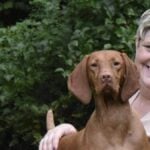
Home » The Plott – A Hound of a Different Color
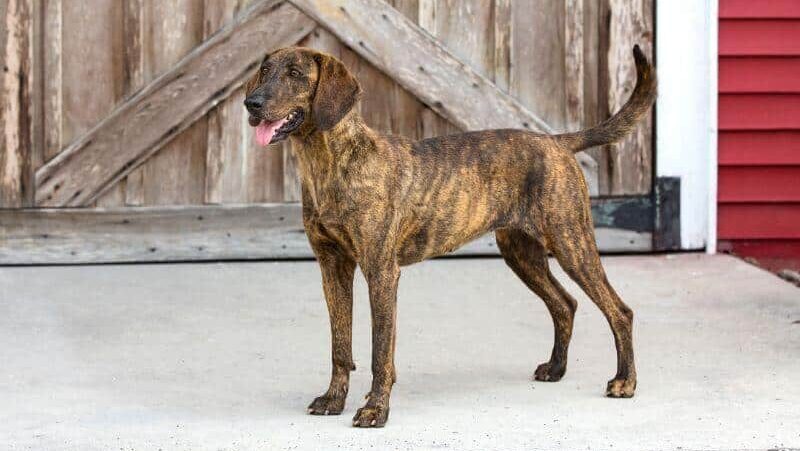
Sandra Murray was a longtime contributor to SHOWSIGHT Magazine who passed away in January of 2017. We are once again grateful to be able to share one of her articles here, which first appeared in the June 2016 edition of Sight & Scent Magazine, for the benefit of new and long-term readers.
The Plott Hound has his own unique look among the scenthounds for a good reason. His ancestry does not include the Foxhound nor does it hold a direct infusion of Bloodhound genes. Rather, the Plott owes his singular appearance to his immediate ancestors, the old Hanoverian Hounds of Germany. Their existence traces back to the 5th century in that country. These German dogs served as efficient boar hounds when the forested lands of Germany and Bavaria held a plentiful supply of wild boars.
…the Plott owes his singular appearance… old Hanoverian Hounds of Germany
The Plott family bred and raised these Hanoverian Hounds in the early 18th century. So, when Elias Plott decided to emigrate with his family to the New World, he brought some of his best dogs with him. The family first settled in Pennsylvania within a community of German immigrants, and his son, George (Johannes) Plott (born in Germany in 1743) found a wife within that community who had also come from Germany.
Before the American Revolution, George and Margaret joined a large number of fellow German immigrants who headed for a new life in the wilds of western North Carolina. George took several of his Hanoverian Hounds with him. George and Margaret had nine children, all of whom contributed—both themselves and then through many generations of their offspring, right up to the present—in the creation of a tough, brindle scenthound like no other.
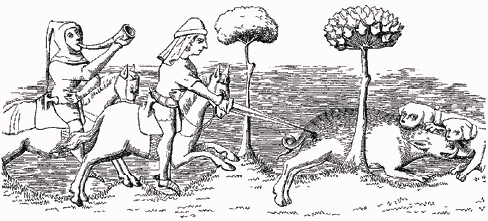
No wild boar existed in North Carolina at that time for the Plott family’s hounds, but plenty of black bears inhabited those mountains. George’s hounds eagerly took to trailing this large game animal. So began the development of this unique hound named after Herr Plott in honor of the multi-generational breeding program pursued by him and his large family.
The mountainous terrain required a leggier, more agile hound than the old Hanoverian, so the Plotts practiced selective breeding to produce a taller, lighter-framed hound that could navigate the mountainous terrain with speed and agility. However, very little outcrossing occurred, nor did any Foxhound blood ever enter the gene pool. The Plott retained his distinctive brindle coloring from his Hanoverian ancestors.
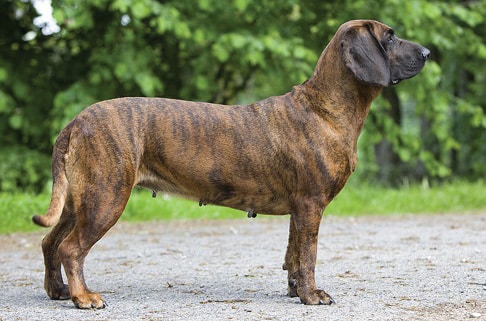
The fame of the Plott family’s hounds spread throughout the Smoky Mountain region of the Southeast. So proud of this homegrown scenthound were the citizens of North Carolina, that in 1988, the Plott Hound became North Carolina’s official state dog.
One of the Plott’s notable attributes remains his versatility. The New World offered more than bears for sportsmen who hunted with Plotts. Western North Carolina, before the Revolution and for decades after, held a wide variety of large game; cougars, wolves, and bobcats as well as the bears. The toughness of the Plott and his ability to track a cold trail so impressed local land owners that they came to the Plott family to buy hunting dogs and breeding stock. As the nine Plott children grew up and moved into adjacent regions and states, they took their hounds with them, furthering the fame and popularity of this new breed.
The Plott’s versatility became evident as the large predators were mostly eliminated from the Southeast of the US through hunting and habitat loss. Sportsmen turned to raccoons, a varmint that was both plentiful and adept at egg stealing and crop raiding. The Plott’s keen nose and relentless
tracking drive, coupled with great endurance, made him a superb coonhound. However, he is much more than that.
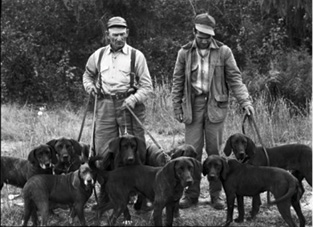
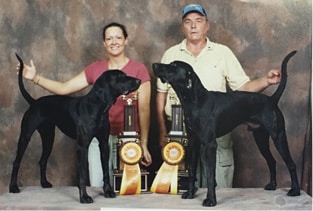

Although wild boar may not have reached the mountains of North Carolina when George Plott first settled there, they would soon arrive. Feral pigs had already entered North America thanks to Spanish expeditions, both as a food source as well as for hunting sport. Hernando de Soto and Juan Ponce de León introduced Eurasian domestic swine to Florida in the early 16th century. Other European immigrants introduced various species of hogs throughout the 16th and 17th centuries, and due to the lack of fencing, many of those went feral. Given that sows can typically have 14 piglets in a litter, it didn’t take long for feral hogs to proliferate throughout the Southeast.
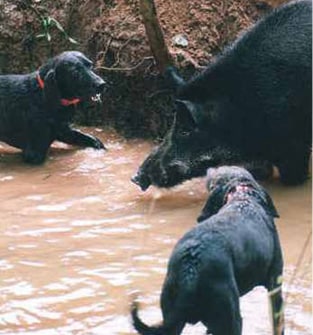
Thus, another primary use of the Plott today is on wild boar—feral pigs that have exploded in population numbers. Biologists estimate that five million feral pigs now roam the US. They currently proliferate throughout the Southeast, California, Hawaii, and into the Midwest and even the Northeast, presenting a real threat to agriculture.
Feral pigs can devastate 40 acres of forest in a single night and destroy acres of crops within hours. They are the suspected culprit in contaminating the spinach crop with e-coli bacteria in 2006. As a result of their pillaging, there is no set season to hunt feral pigs—it’s open season all year long. Feral pigs can be extremely aggressive. Hence, the need for a tough, aggressive, fearless hound to hunt them; exactly the qualifications met by the Plott.
In addition, he can compete with the traditional coonhound breeds in that oh-so-crucial “voice” of hunting hounds. Although this trait has no measureable standard, it still ranks high in importance for Plott owners.
“For me, the ideal remains a beautiful hound that opens and trails with a bawl on track and finishes the chase with a distinctive chop at bay or on tree. The voice change in tone, pitch, and volume communicates to the houndsman the progression and state of the chase.”
“Most Plotts are ‘chop mouths.’ They use short, sharp barks when they ‘open,’ meaning they’ve located the scent of their quarry and begun to trail. Plotts may ‘bawl’ while trailing, using a longer, more prolonged voice. Each hunter must recognize his dog’s ‘change over bark’ when the quarry is cornered or treed, and the dog reverts to an excited ‘chop.’ Plotts will not have the long, protracted ‘bawl’ of a Black and Tan Coonhound or a Blue Tick. The fact that the Plotts are used for ‘coon hunting’ is simply another chapter in their versatile character. I suppose that, to me, they have always been Plotts, not strictly coonhounds! Being a Plott always said something more to me than being just a coonhound.”
Although in the eastern half of the country he hunts mainly raccoon and feral pigs, the Plott can still use that “bawl and chop” on large carnivores in the western lands of the US, Canada, and parts of Mexico.
“Outdoorsmen from as far away as Africa and Japan hold the Plott in near-mystical esteem as perhaps the world’s toughest dog. Bred to track, run down, tree, and if necessary, grapple with a baying 500-pound bear eight times its size, it is often overmatched but rarely chastened by that fact. Inspect the coat of one that has worked in the woods for a year or more, and you will likely find slash marks from a bear’s claws or a hog’s tusks. Plotts will routinely stay on game, alone or in packs, for days at a time. Willing to sacrifice themselves before they’ll run from a showdown, they are the ninja warriors of dogdom. By comparison, the Beagle is a layabout, and the Pit Bull a pansy.”
“Sometimes a cornered bear will not go up a tree, but just sit down to catch his breath. Other coonhounds will simply bawl at that bear and then take up the chase again when the bear runs off again. Not a Plott! He will leap in for a bite, pulling out a bit of hair in the process, forcing the bear to climb up a tree to avoid this brindle fury.”
It’s nearly unimaginable that a dog of about 65 pounds would fearlessly take on a 500 pound bear, but such is the utter fearlessness of the Plott.
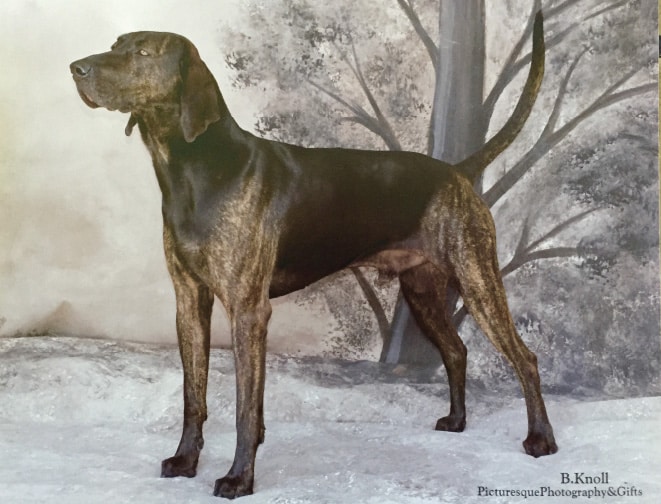
Given their temperament and superb nose, Plotts make wonderful search and rescue dogs. They also assist the USDA Border Patrol “Tick Force.” The Texas fever tick carries a fatal hemolytic disease seen in cattle and sheep that can decimate herds of livestock. Although the US eradicated the fever tick from our soil in 1943, constant diligence is needed to prevent stray Mexican cattle from wandering onto US land and infecting cattle here.
“Tick riders” patrol the border from the Gulf of Mexico in southern Texas west to the Pacific Ocean. These riders use Plotts to track, bay, and help capture maverick Mexican cattle that have crossed into the US. The Plotts help protect the multibillion dollar beef cattle industry all along our southern border.
With the acceptance of the Plott into the regular classes and activities of the AKC in 2006, new challenges and opportunities face breeders of this superlative hunting hound. Burkett believes,
“The AKC conformation events and field trials that now include the Plott will afford the all-American Plott its long overdue and much-deserved recognition as one of the world’s finest scenthounds and the American workingman’s dependable and versatile working dog.”
“The Plott’s intelligence, tractability, and desire to please their master make them trainable for anything…”
In addition to the obvious choice of field trials, the Plott can excel in agility, tracking, nose work, rally, obedience, dock diving, and much more.
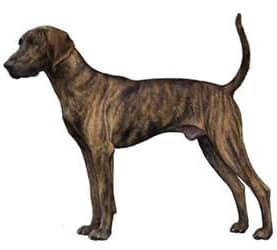
Unlike the softer expressions of the other scenthounds, the expression of the Plott, as described in the breed standard, should be “confident, inquisitive, determined,” as befits this most determined of scenthounds.
A Plott’s love and loyalty belong to his human and to family members; he is wonderful with children, lovingly guarding them from harm.
True to his history as a mountain dog that had to cover a great deal of rough ground efficiently, the Plott Hound breed standard dictates, “With ample reach in front and drive behind, the Plott easily traverses various terrains with agility and speed. Legs converge to single track at speed.” Such structure and gait give him the endurance and agility for just about anything that his owner cares to do with this breed. Add to those traits a keen intelligence and a desire to please his human, the Plott should only increase in his popularity with those who love to participate in performance events with their dogs.
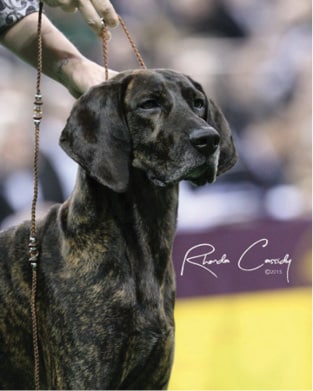
The unanimous opinion among Plott breeders is that this “hound of another color” differs not only in looks from other coonhounds, but also in temperament. Plott breeder, Amanda Alexander, has been involved in Plotts for almost 15 years. The breed intrigued her with their striking color, look, and personality. Whereas the other coonhounds are gregarious people lovers, the Plott remains aloof to strangers. As Alexander explains, “Plotts tend to be aloof with strangers, and would prefer to be the one to approach a stranger first.”
A Plott’s love and loyalty belong to his human and to family members; he is wonderful with children, lovingly guarding them from harm. To prevent a Plott from becoming a “one man (or woman) dog,” a Plott puppy needs a great deal of socialization to enable it to accept all of the people and experiences that come with our modern world. This is especially true if the puppy will be shown in conformation. To calmly accept handling by judges and the attentions of ringside observers takes careful preparation.
Another hallmark of the Plott temperament is their cognitive ability. They learn quickly and never forget anything! This can be both a plus and a minus in training, because the trainer must be exactly correct in training for any new task. The Plott will have it mastered quickly and permanently stored in his memory.
She also adds that, “Plotts are hyperaware of their surroundings, which is an important trait to have in a hunting dog. If they note a change in their environment, they will fixate on that, wanting to investigate this difference. It becomes difficult to pull their attention back to their human handler.”
Alexander noted that when showing a Plott in conformation, if something catches the eye of a Plott in a neighboring ring, she has a challenge in bringing the dog’s focus back on her.
Perhaps the most outstanding temperament trait of the Plott is his unmatched courage. He truly is the “terrier” of the scenthounds in his total fearlessness when confronted with an opponent—no matter the size or the ferocity.
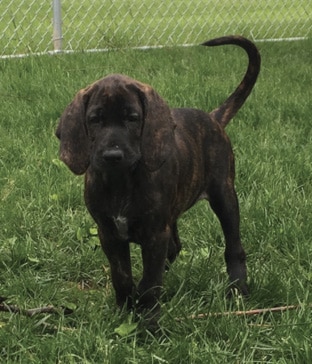
Realistically, most of the die-hard big game hunters using Plotts will not rush to AKC conformation events. For the breeders who want to participate in conformation competition to retain the correct breed type, their challenge will be two-fold: To retain the legendary hunting ability of the Plott while avoiding the pitfall of so many hunting breeds; having two distinct strains of Plotts, one for hunting and one for the show ring. If Plott breeders can work cooperatively to ensure the Plott remains a truly “dual dog,” success in both venues will follow.
“We do not breed very often, as we feel there aren’t enough qualified homes to place pups and we typically keep pups we produce. Not every Plott should be bred just based on its pedigree, so our dogs won’t make an impact as far as in the breeding pen but moreso as breed ambassadors. When we do breed a litter, our focus is on conformation, ability, and personality. Our dogs that we show are also hunted and we never want to lose that function.”
Plotts are not for everyone. They take a lot of socialization as pups and, although fearless when working, tend to be cautious at shows. They typically prefer their master and aren’t the “social butterfly” of the coonhound world.”
For judges, their challenge remains to sort through the many variations and styles of Plotts to reward those dogs that best match the breed standard. As Burkett observes, “…Two hounds could easily be of similar conformation quality, but appear as substantially different styles.” Regional separation and type of game hunted with the Plotts created this wide variety, so it will take years to sort out a more uniform breed type that breeders and judges can agree should prevail. Achieving that goal for this breed will be well worth the effort. The Plott Hound, with his singular history, appearance, and temperament, deserves a solid future.
Grateful thanks to Joe Burkett, DVM, of White Deer Kennel and Amanda Alexander of Alexander Hounds for their invaluable information and explanations concerning Plotts.
